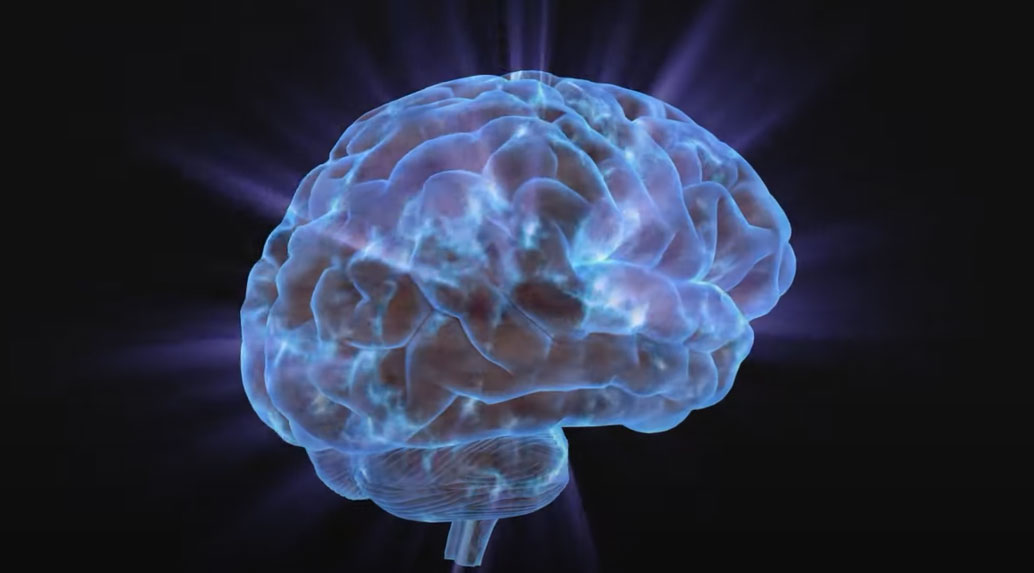Approach to Experiences
©Arlene R. Taylor PhD
Studies have identified several factors that combine to influence one’s position on the EAI Continuum. One of these factors is:
Approach to Experiences
Think of extroverts as tending to have a huge radar screen when accruing experiences. They usually prefer variety with different types of stimuli, and the more intense the experience the better. Life is about collecting experiences. They often have huge number of friends but may experience less intimacy in their relationships.
Introverts, who already have a high level of internal activity, tend to prefer less variety and to delve more deeply into each experience. Life is about pondering their experiences. Friendships sometimes follow this pattern, as well. Introverts may have fewer close friends, but experience more connection in their relationships.
An extreme extrovert and an extreme introvert may both like people equally well. Given the choice, however, each may gravitate toward different types of environments. Some may prefer to obtain their stimulation through association with other human beings; some prefer to engage in activities that don’t involve people (or that involve very few at any one time or for short periods of time only).
| 68% A | Introverts 16% |
| • Collect experiences and, typically, the more the better | • Ponder experiences | |
| • Generally prefer to jump in and participate rather than sit on the sidelines and observe | • Prefer to observe rather than participate (at least initially) | |
| • Act as a huge radar screen when accruing experiences; energy is drained in an environment with insufficient levels of stimulation (bored, restless, may fall asleep or even get into trouble) | • Energy is drained in an over-stimulating environment (tired, depressed, sick) | |
| • Prefer variety, high intensity, and differing types of stimuli (although may be less interested in depth for any one topic or situation) | • Prefer less variety or intensity and more depth | |
| • Score higher on “positive” current mood scales | • Are more likely to dwell on negative features of social situations so tend to score lower on "positive" current mood scales |
*Eysenck Personality Questionnaire. Extraverts/extroverts, according to Eysenck's theory, are chronically under-aroused and bored and are therefore in need of external stimulation to bring them up to an optimal level of performance. About 16 percent of the population tend to fall in this range. Introverts, on the other hand, (also about 16 percent of the population) are chronically over-aroused and jittery and are therefore in need of peace and quiet to bring them up to an optimal level of performance. Most people (about 68 percent of the population) fall in the midrange of the continuum, an area referred to as ambiversion.
(http://en.wikipedia.org/wiki/Eysenck_Personality_Questionnaire) Accessed 12/13.




